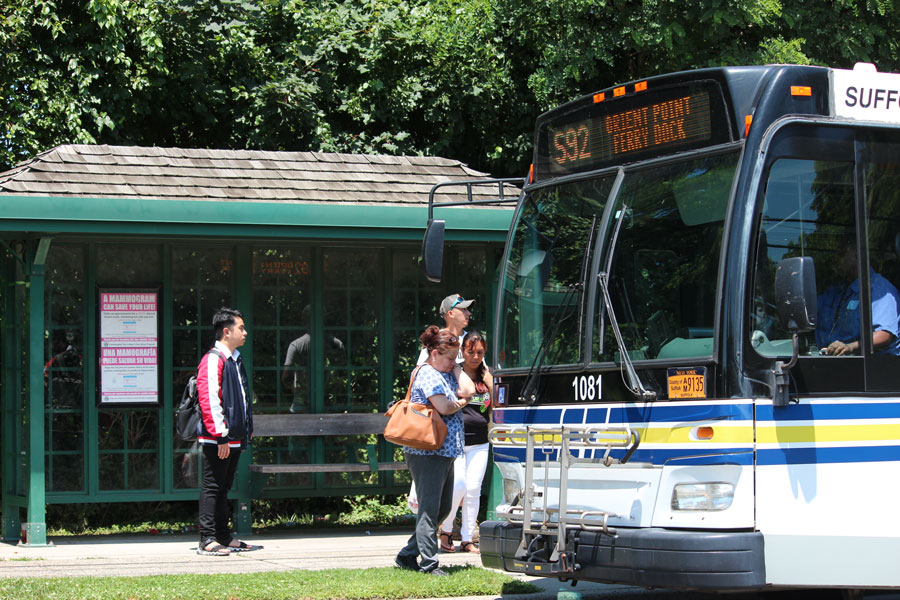Suffolk County Transit (SCT)

Suffolk County Transit (SCT) is the primary public bus system serving Suffolk County, Long Island. Covering the island’s largest county by area, SCT provides vital transportation for residents who do not drive, commuters connecting to Long Island Rail Road stations, and riders traveling to schools, shopping centers, and local destinations. Unlike the NICE Bus system in Nassau, SCT operates across longer, less densely populated routes, reflecting the suburban and rural character of Suffolk.
History
- Founding: Suffolk County Transit was established in 1980 to centralize county bus services.
- Operation: Unlike Nassau’s NICE system, SCT is operated by several private companies under contract with the Suffolk County government.
- Updates: Over the years, SCT has modernized its fleet with ADA-accessible buses, bike racks, and GPS tracking.
Service Overview
- Coverage Area: SCT operates routes throughout Suffolk County, connecting major towns such as Huntington, Smithtown, Islip, Patchogue, Riverhead, and Montauk.
- Connections:
- Links to Long Island Rail Road stations for access to New York City.
- Transfers to NICE Bus in western Suffolk/Nassau border areas.
- Suffolk Clipper express buses connect to New York City.
- Fares:
- Standard fare: $2.25 per ride.
- MetroCard not accepted (cash only, exact fare).
- Reduced fare available for seniors, students, and disabled riders.
- Special Services:
- Suffolk County Accessible Transportation (SCAT) provides paratransit service.
- Seasonal buses operate to beaches and parks in summer.
Key Routes
Some of SCT’s busiest and most important routes include:
- S1 – Huntington ↔ Amityville (along NY Route 110, a major employment corridor).
- S27 – Bay Shore ↔ Babylon ↔ Brentwood.
- S33 – Patchogue ↔ Bay Shore.
- S92 – Riverhead ↔ Orient Point (serves North Fork communities and ferry terminals).
- 7A/7B – Montauk routes connecting eastern Long Island villages and resorts.
Importance for Suffolk County
- Commuters: Provides critical first-mile/last-mile service to LIRR stations.
- Students: Serves Suffolk Community College campuses and Stony Brook University.
- Workers: Connects industrial parks, retail centers, and hospitals across the county.
- Tourism: Seasonal buses support travel to beaches, wineries, and ferries on the East End.
Challenges & Criticism
- Service Frequency: Many routes run only once per hour or less, limiting convenience.
- Funding Shortfalls: Like NICE, SCT has faced budget struggles and occasional route cuts.
- Car-Centric Layout: Suffolk’s spread-out suburbs make bus travel less practical compared to driving.
Area Snapshot
| Feature | Details |
|---|---|
| Founded | 1980 |
| Operator | Private companies under Suffolk County contracts |
| Service Area | All of Suffolk County, LI |
| Fleet | ADA-accessible, with bike racks |
| Base Fare | $2.25 (cash only) |
| Special Services | SCAT paratransit, Suffolk Clipper express buses |
Suffolk County Transit remains a lifeline for many residents, students, and workers who depend on public transportation across Long Island’s eastern half. While service frequency and funding remain ongoing challenges, SCT provides essential bus service that connects towns, train stations, schools, and tourist destinations across a vast suburban and rural region. For riders traveling through Suffolk without a car, SCT is the backbone of local mobility.

